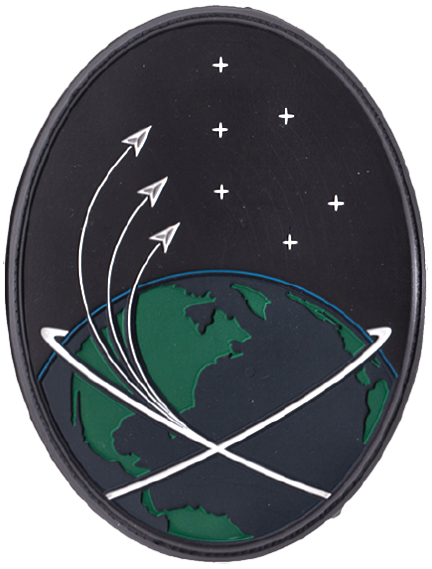
The initial contracts for the DIU’s HSA program awarded to four companies (Image Credit: Sat News)


The Defense Innovation Unit‘s (DIU’s) Hybrid Space Architecture (HSA) program seeks to provide global, ubiquitous and secure internet connectivity throughout the space domain for commercial, civil and military users, including international allies and partners.
DIU is collaborating with the United States Space Force (USSF) Space Warfighting Analysis Center (SWAC) and the Air Force Research Laboratory (AFRL) Space Vehicles Directorate on this prototype effort.
The HSA aims to demonstrate a network architecture that leverages both commercial and government space assets across diverse orbits to provide secure, assured, and low-latency data communications anywhere on and off Earth. To do this, DIU awarded Other Transaction (OT) contracts to companies Aalyria, Anduril, Atlas, and Enveil. Additional awards from the same solicitation are anticipated.
Hybrid space communications is the next great leap forward, representing the convergence of the information age and the space age. Cloud providers are already partnering with teleports—or centers that connect ground-satellite communications—to establish cloud capability in orbiting vessels in space. To fully leverage the capabilities of these networks the Department of Defense (DoD) needs to ensure network interoperability and homogeneity as well as compatibility with existing DoD assets.
A fully networked battlespace has been the dream of commanders for decades, but is now finally within reach. While being a critical enabler of concepts, such as Joint All Domain Command and Control (JADC2) and Battlefield Management Command, Control, and Communication (BMC3), the vast benefits to warfighters vary from on-demand or near-real-time satellite imagery and theater-wide tracking to reliable broadband internet at remote forward operating bases for improved morale and family welfare.
The HSA consists of four identified domains:
Multi-path communications
A robust, secure software defined network (SDN) will be necessary to integrate diverse telecom systems across Low Earth Orbit, Medium Earth Orbit, Geostationary Orbit, and cislunar space. Currently, there is limited communication between these telecom systems; this SDN will have to maintain careful network orchestration to predict link availability, manage radio frequency and optical beam pointing, and mitigate traffic congestion.
Multi-source data fusion
There is already a vast array of sensors available via space assets and the terrestrial internet. Common data standards and interfaces will be necessary to fuse this data for efficient storage and rapid search. In addition, to best leverage the array of sensors while minimizing operator training costs, common command and control interfaces to manage data collection will be necessary.
Cloud-based analytics
The ubiquitous availability of proliferated sensor data opens up boundless new opportunities for artificial intelligence and machine learning applications, across commercial, government, and military uses. The new paradigm of cloud computing allows raw data to be processed into actionable intelligence anywhere there is available compute capacity, from large server farms to orbiting (or lunar) edge compute hardware, to distributed processing across a network of small devices.
Variable trust protocol
Distributed communications provides network resilience because the system can accommodate individually lost links and nodes. We must ensure that we do not introduce vulnerabilities through the increased access points. Industry gold standards must be observed, including link and end-to-end quantum-resistant encryption, dependable cryptographic key distribution, zero-trust continuous authentication, and data integrity ledgers. Due to the broad variety of participating networks, each link and each node will be dynamically assigned a trust score based on observed behavior within the architecture. The traffic can then be routed over preferred links based on sensitivity and timeliness.
On-orbit demonstrations are planned within 24 months.
“It’s time for the internet to move off-planet,” said Dr. Rogan Shimmin, DIU program manager for HSA. “Just as we couldn’t imagine all the uses of the internet in the early days of ARPANET, the scope of the HSA is immense and revolutionary. The initial goals are on-demand collection and exploitation of overhead imagery and beyond line-of-sight tactical situational awareness. Hosting Internet-of-Things sensors and edge processing on every satellite further enables breakthrough civil applications, including comprehensive space domain awareness and high-fidelity mapping of the space radiation environment.”





